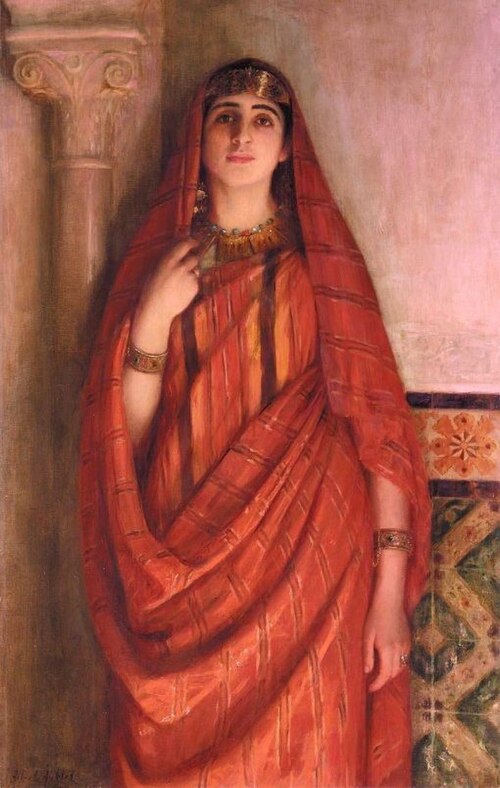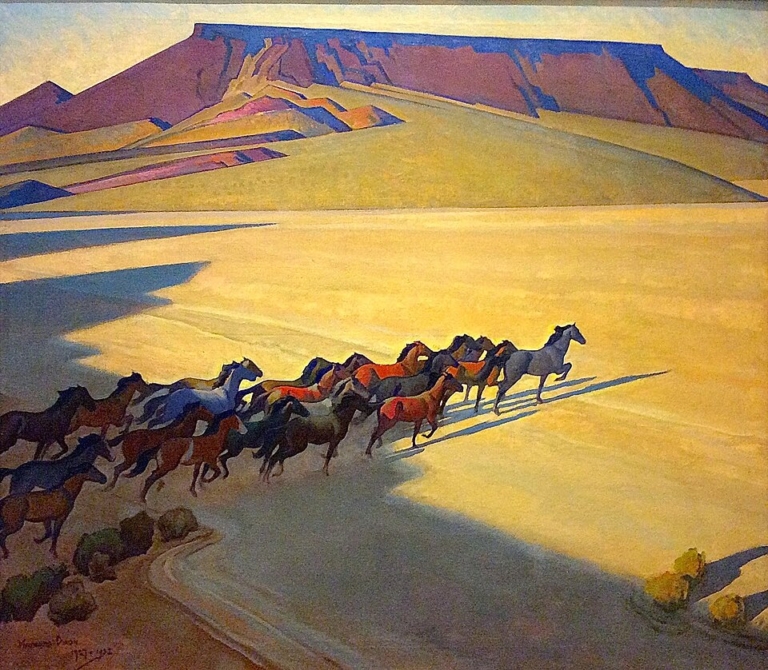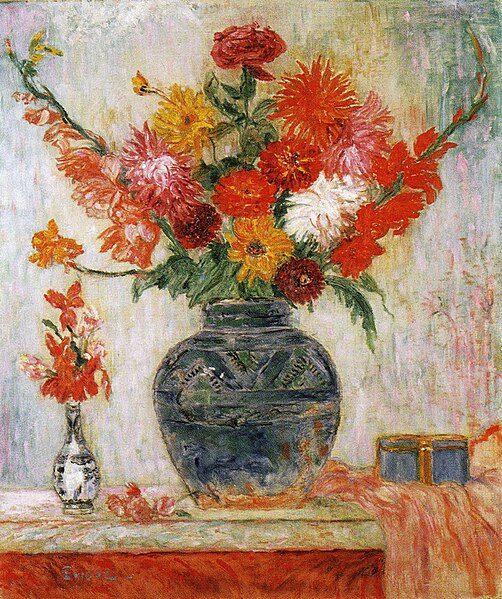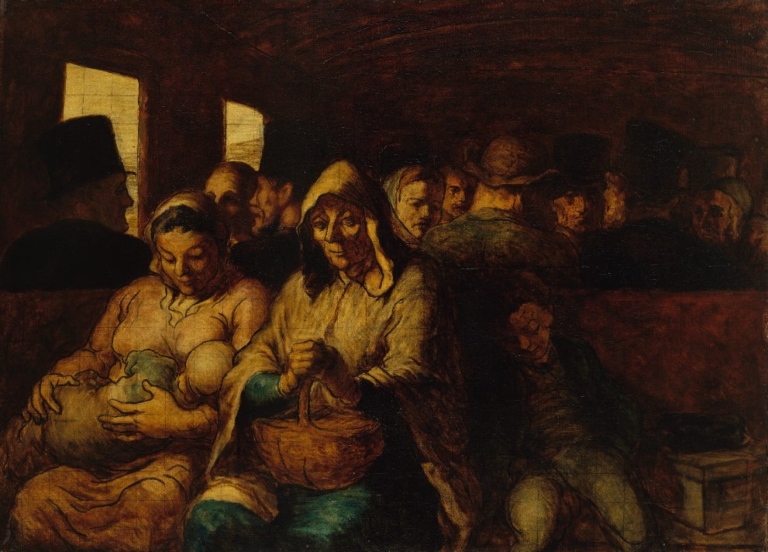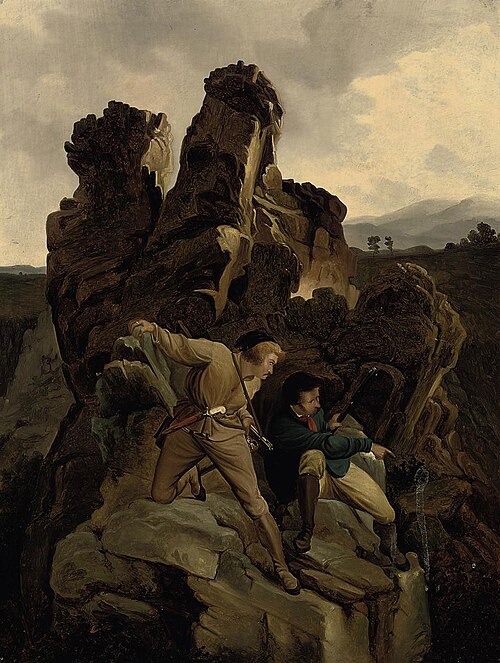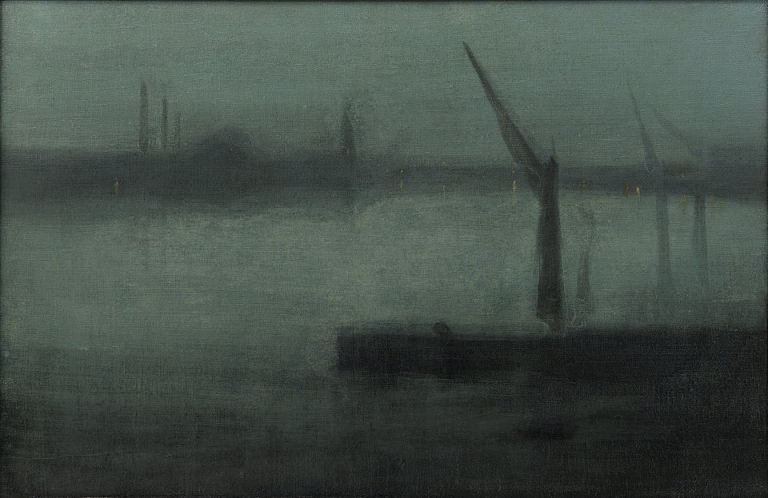
Nocturne: Blue and Silver—Battersea Reach by James McNeill Whistler: A Deep Analysis
"Nocturne: Blue and Silver—Battersea Reach" by James McNeill Whistler is a masterful example of 19th-century tonalism, blending minimalist composition, subtle color harmonies, and atmospheric abstraction. This in-depth analysis explores Whistler’s technique, aesthetic philosophy, and the painting’s lasting impact on modern art, highlighting its quiet beauty and innovative role in the evolution of landscape painting.

